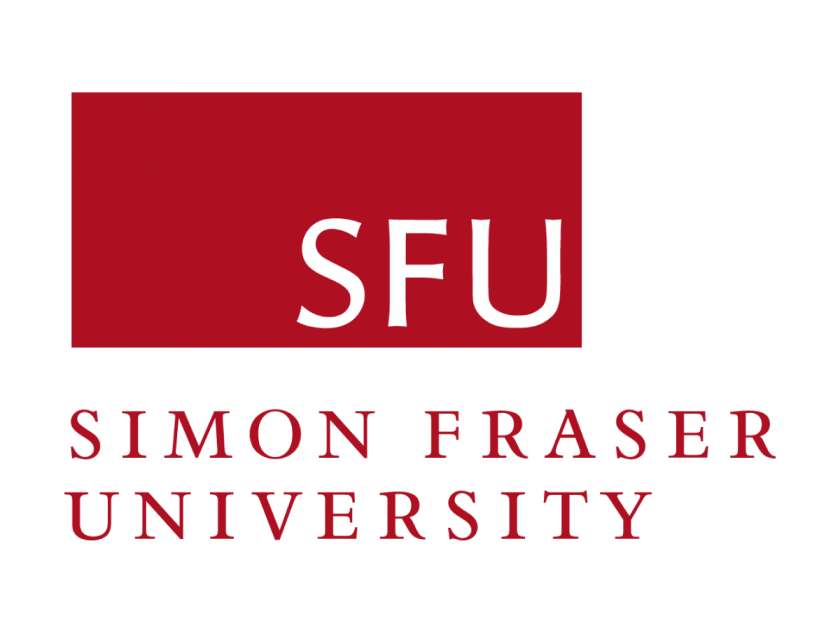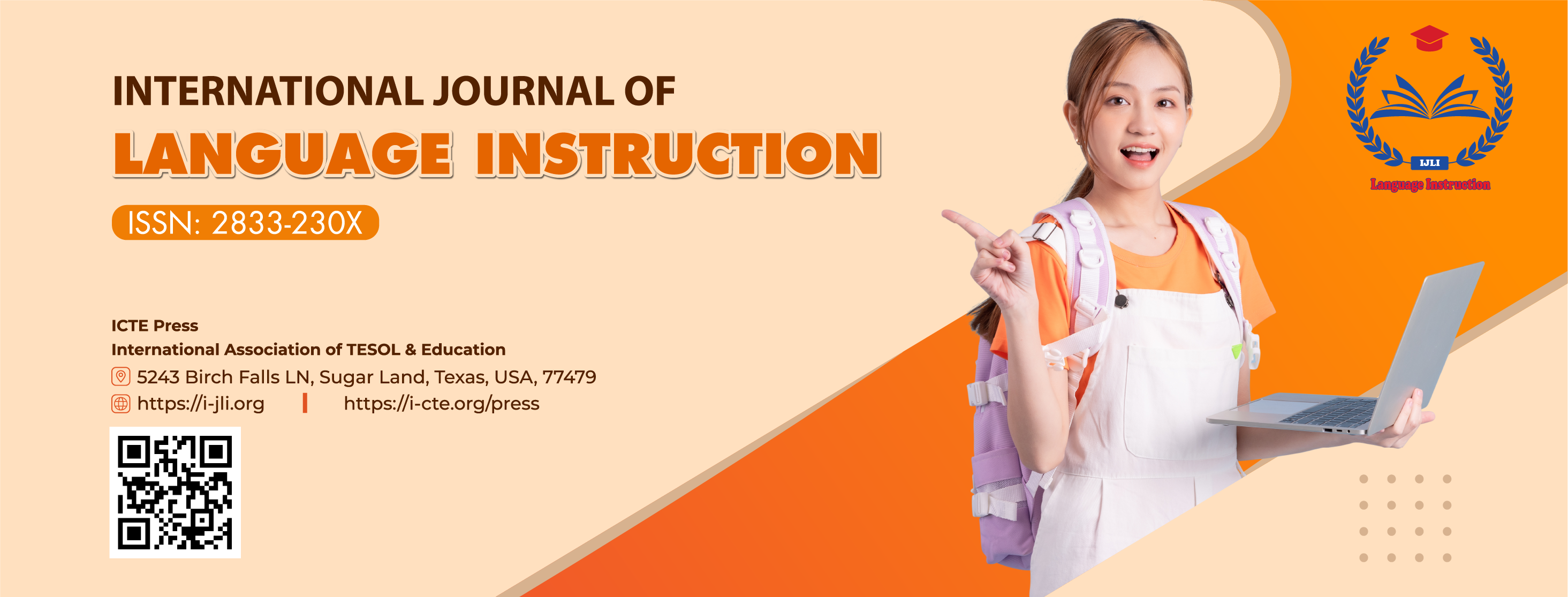Exploring EFL university lecturers’ perceptions of benefits and challenges of using Audio-visual Aids
DOI:
https://doi.org/10.54855/ijli.23243Keywords:
perceptions, audiovisual aids, benefits, challengesAbstract
This descriptive quantitative study aims to examine how university lecturers think about employing audiovisual materials in terms of the benefits and challenges that they experienced in their EFL classes. The data was gathered from 155 English lecturers at universities in the Mekong Delta via a questionnaire that included 35 closed-ended questions and two open-ended questions. The study's findings demonstrated that participants' attitudes about using audiovisual aids in their EFL classrooms are overwhelmingly favorable. These educators concurred that using audiovisual aids during class not only makes their teaching easier but also benefits students' language skills development and English vocabulary growth thanks to the engaging, interactive qualities of instructional materials. The findings also show that audiovisual assistance will be challenging when technological equipment is insufficient. To improve the effectiveness of their teaching, lecturers must also keep up with technology advancements and create lesson plans that incorporate audiovisual materials.
References
Aliaga, M. and Gunderson, B., 2006. Interactive Statistics. Upper Saddle River, N.J.: Pearson Prentice Hall.
Barseghyan, L. (2014). The role and importance of audiovisual aids in teaching. Foreign Languages in Higher Education, 18(2 (17)), 120-128.
Cakir, I. (2006). The use of video as an audiovisual material in foreign language teaching classrooms. The Turkish Online Journal of Educational Technology, 5(4), 67-72.
Dinh, T. H. T. (2023). The Effect of Video Clips on Students’ Speaking Performances. International Journal of Language Instruction, 2(1), 40–50. https://doi.org/10.54855/ijli.23214
Ivers, K., & Baron, A. (2002). Multimedia Project in Education. Santa Barbara: ABC- CLIO LLC.
Jain, A.K., Ross, A. and Prabhakar, S. (2004) An Introduction to Biometric Recognition. IEEE Transactions on Circuits and Systems for Video Technology, 14, 4-20. http://dx.doi.org/10.1109/TCSVT.2003.818349
Mathew, N. and Alidmat, A. (2013) A Study on the Usefulness of Audiovisual Aids in EFL Classroom: Implications for Effective Instruction. International Journal of Higher Education, 2, 86-92. https://doi.org/10.5430/ijhe.v2n2p86
Mayer, R. E. (2001). Multimedia Learning. Cambridge, UK: Cambridge University Press.
Prensky, M. (2001). Digital Natives, Digital Immigrants, Part 1. On The Horizon, 9, 3-6. http://dx.doi.org/10.1108/10748120110424816
Reddy, R. J. (2008). Methods of Teaching. New Delhi: S.B Nangia.
Rivers, W.M. (1981) Teaching Foreign-Language Skills. The University of Chicago Press, Chicago.
Sahin, M., Sule, S., & Seçer, Y. E. (2016). Challenges of Using Audiovisual Aids as Warm-Up Activity in Teaching Aviation English. Educational Research and Reviews, 11(8), 860-866.
Vo, T. T. S., & Le, T. M. N. (2023). An Investigation into Perception of Online Teaching and the Challenges of Online Teaching Faced by English Lecturers at Quang Trung University during COVID-19 Outbreak. International Journal of Language Instruction, 2(3), 63-79. DOI: https://doi.org/10.54855/ijli.23233
Downloads
Published
Issue
Section
License
Copyright (c) 2023 Dinh Thanh Hung

This work is licensed under a Creative Commons Attribution 4.0 International License.
The copyright of all articles published in the International Journal of Language Instruction (ijli) remains with the Authors, i.e. Authors retain full ownership of their article. Permitted third-party reuse of the open access articles is defined by the applicable Creative Commons (CC) end-user license which is accepted by the Authors upon submission of their paper. All articles in the ijli are published under the CC BY-NC 4.0 license, meaning that end users can freely share an article (i.e. copy and redistribute the material in any medium or format) and adapt it (i.e. remix, transform and build upon the material) on the condition that proper attribution is given (i.e. appropriate credit, a link to the applicable license and an indication if any changes were made; all in such a way that does not suggest that the licensor endorses the user or the use) and the material is only used for non-commercial purposes.
Authors are able to enter into separate, additional contractual arrangements for the non-exclusive distribution of the journal's published version of the work (e.g., post it to an institutional repository, in a journal or publish it in a book), with an acknowledgment of its initial publication in this journal.











